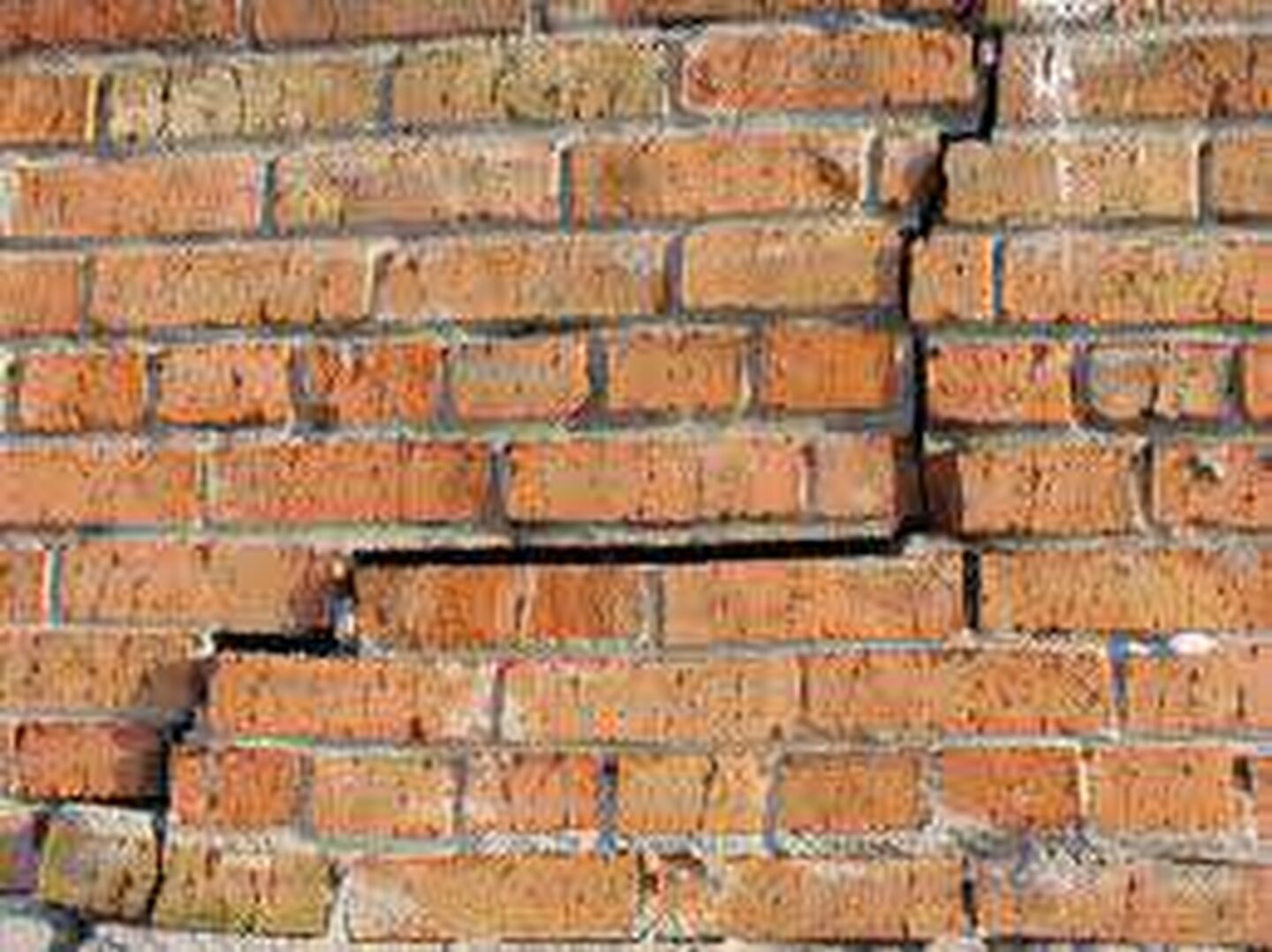When is the Best Time to Do Structural Foundation Repair?

There are lots of reasons that homeowners put off home repairs. The problem is minor. The repairs cost too much. The work would be intrusive, messy or otherwise bothersome. They have other priorities, etc., etc.
Just about everybody’s been in this position at least once and can sympathize but sometimes a homeowner just has to bite the bullet and fix a problem with his or her house before it gets worse or leads to other damage. Most of the time, structural foundation damage falls into this category.
Why is it Better to Make Structural Foundation Repairs Now Rather than Later?
Structural foundation damage falls generally into one of two categories: Foundation walls can crack, bow or tip inward or large sections can sink significantly due to shrinking soil underneath. In either case, the problem is not a singular event – it can and will get worse. Also, either can lead to further damage to the home that sits on the foundation.
Here are two reasons why it makes sense to repair structural foundation damage quickly:
Bowed or tipped foundation walls can be repaired more economically before damage worsens – When a poured concrete foundation wall cracks from lateral pressure and begins to tip or rotate inward, the wall must be stabilized in order to stop further movement and maintain its integrity and ability to support the structure above. The same is true for a concrete block (or other masonry) wall that has begun to bow or bulge inward. If this wall movement is stopped before it exceeds two inches, the repair method is less intrusive and less costly.
The most advanced method of foundation wall repair is the application of carbon fiber strips to tipped or bowed walls. Carbon fiber is a super-strong, virtually unbreakable material that is widely used in automobile, bicycles, aircraft and other products where high strength with low bulk and weight is required. For foundation wall repair, strips of carbon fiber are epoxied to walls over cracks and at other key points determined by the extent of damage, load and other engineering data. When finished, the carbon fiber repairs can be painted over and show up as only a minor elevation on the wall.
The only fault with carbon fiber is that it is limited to use on poured concrete walls that have moved two inches or less or block walls where the blocks have not shifted out of line with one another. When damage is more extensive, the use of steel beams is required. Modern steel repair beams are not the old full-size I‑beams of the past but lower profile channel steel that conforms to the wall when stabilizing it and can be finished over with normal 2 x 4 stud wall. The beams are secured to the foundation footings and to the floor joist above where a screw jack tightens the beam against the wall.
Either repair will be effective and permanent. The big difference, beyond the fact that the carbon fiber repair is less obtrusive, is that steel costs approximately twice as much as carbon fiber.
Damaged foundations continue to cause damage to the home – Most homeowners first notice that something is wrong with their foundations not when they’re in the basement but when they try to open a door or window in their home. Stuck windows and jammed doors, along with cracks in drywall inside and brick and stone facades on the exterior are the telltale signs of structural foundation damage.
If a foundation is sinking, the repair involves permanently underpinning the foundation to raise it to its original level and stabilize it there. Although there are a number of methods, this is best accomplished by installing hydraulic push piers that will permanently stabilize the foundation without further maintenance and will be hidden from view when done. Until this is done, the foundation is likely to continue to move downward, causing further damage to the house above.
With tipped or bowed foundation walls, the same signs are present, with the same damages resulting. Until the damaged wall is stabilized not only will the damage to above-ground structure continue but the cracked walls may also allow seepage of water into the basement, causing further damage.
So, when it comes to making decisions about structural foundation repairs, the choice is pretty clear: Fix it now and pay less and suffer fewer damages or fix it later and get rewarded for procrastination with a higher price tag and other damage that needs repair. Questions?
At U.S. Waterproofing, our specially trained advisors and installers are experienced in designing and installing permanent, cost-effective structural foundation repairs that will stabilize the foundation and stop further damage from occurring. Doesn’t it make sense to ask us for a free consultation before you put off needed foundation repairs?




